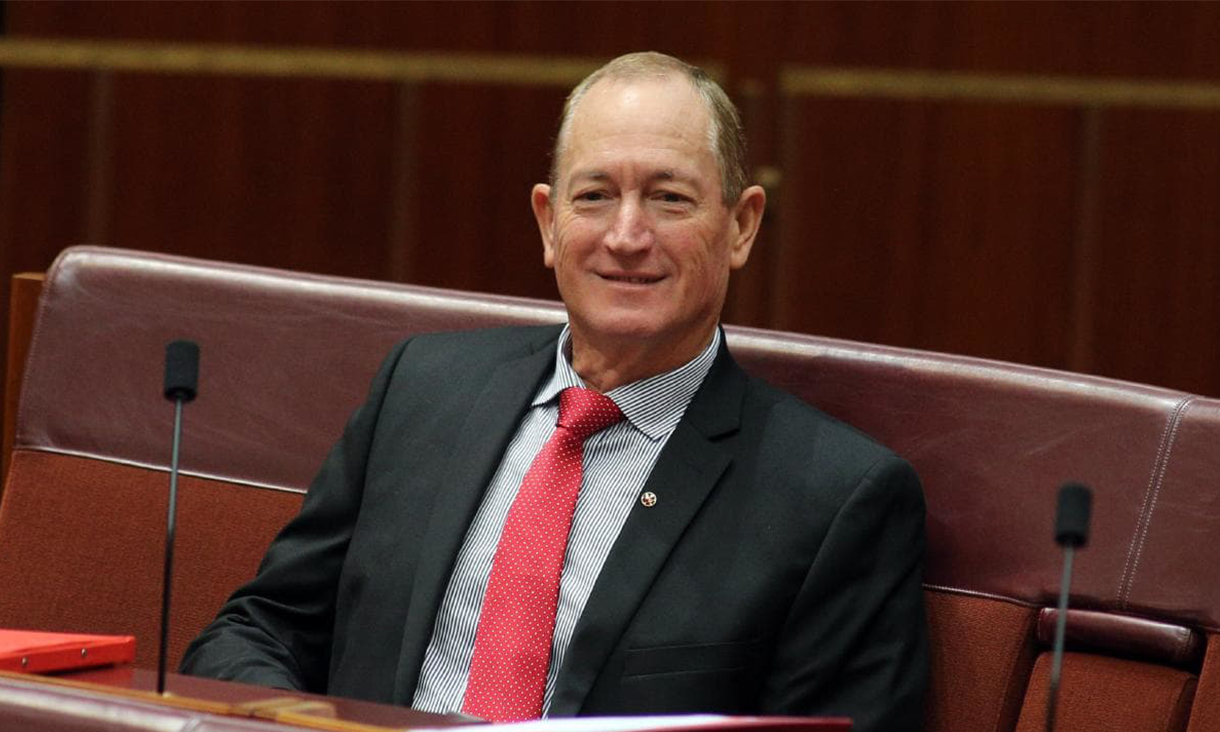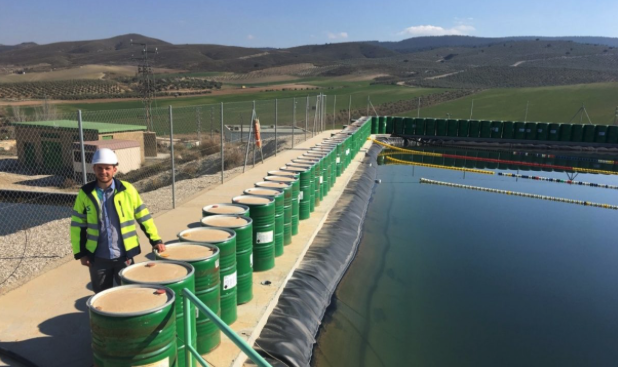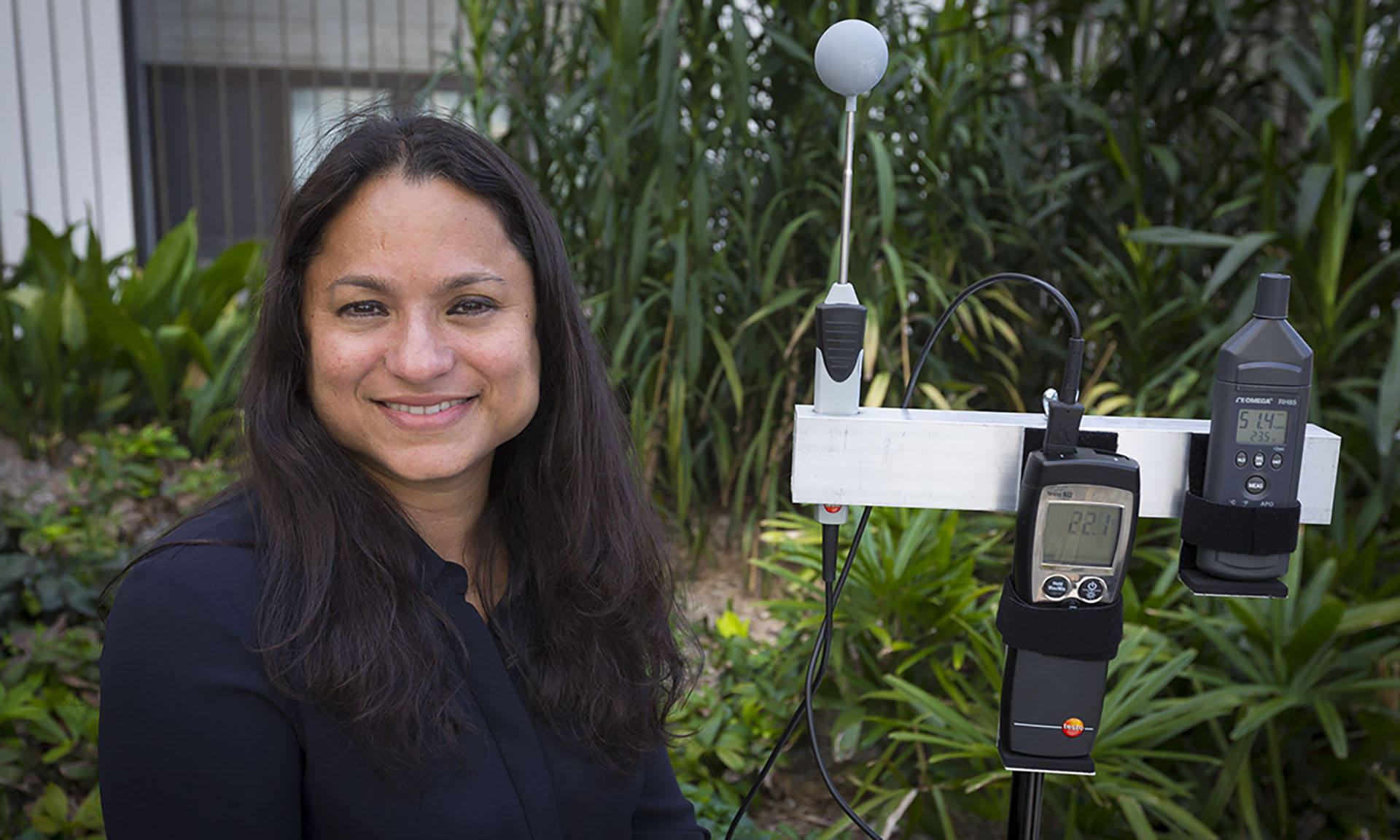The scheme is the key determinant of domestic student numbers. It is administered under the Higher Education Support Act, 2003.
The act makes it clear that the per student grant (which is paid to eligible universities) can only be provided for Australian citizens, New Zealand citizens resident within Australia, or permanent visa holders.
The Federal Government describes the scheme in the following terms:
"The Australian Government subsidises a CSP (Commonwealth Supported Place) by paying part of the fees for the place directly to the university. The subsidy amount is not a loan and students do not have to pay the subsidy amount back.
"However, students are also required to contribute towards their study and they pay the remainder of the fee known as the 'student contribution amount' for each unit they are enrolled in. Universities set their own student contribution amounts (within limits set by the Australian Government).
"CSPs are only available to domestic students and most undergraduate students studying at university are enrolled in a CSP.
"There is no cap to the amount of study a student can undertake in a CSP. A student enrolled in a CSP is referred to as a Commonwealth supported student."
When the Government announced the funding freeze in December 2017, Education Minister Simon Birmingham said in a media release: "The Government is not capping student places and will continue to fund all student contributions via the Higher Education Loan Program (HELP) according to university enrolment decisions, in addition to the maximum CGS payment."
Senator Birmingham said it was clear that universities had benefitted from economies of scale under the demand driven system with teaching costs having grown more slowly than revenue.
"Should universities wish, they can use these efficiencies to continue to grow their enrolments," he said.
How international student numbers are determined
A 2014 government review of the demand-driven funding system said full-fee-paying international students were treated separately to Commonwealth-supported students.
It pointed out public universities were able to enrol "unlimited numbers of international and postgraduate full‑fee students", with no restrictions on maximum fees.
The Grattan Institute's Mr Norton told Fact Check the Government's December 2017 decision to cap funding for Commonwealth places for two years at 2017 levels had not led to any "crowding out" of domestic students by international students because the number of domestic students was determined by federal funding levels.
"There is now no financial incentive to expand domestic undergraduate enrolments, but that is not crowding out by international students," Mr Norton said.
"The same logic applies whether there are international enrolments or not. It does create a slightly odd situation where universities can expand to meet demand from China but not from Australia. But the solution is to restore demand driven funding for domestics."
A November 2015 report by Mr Norton found Commonwealth Supported Places make up more than 60 per cent of enrolments at Australian universities. With the exception of medicine, there are no limits on Commonwealth-supported bachelor degree student numbers.
It estimated that international undergraduate students generate between $760 million and $900 million, over and above what it costs to teach them, while postgraduate students generate between $370 million and $540 million.
The report found international students, who usually generate more revenue per student than domestic students, contribute a substantial proportion of surpluses from teaching earned by universities.
What the experts say
Experts contacted by Fact Check were unanimous: there is no trade-off between the number of international students and domestic students.
Denise Bradley, who lead the landmark 2008 review, told Fact Check local student numbers had been controlled since the demise of demand-driven funding by restrictions on government funding.
"International students pay full fees and, like the very few Australian fee paying students, do not take places from local students," Professor Bradley said.
Gwilym Croucher, Senior Lecturer from the University of Melbourne's Centre for the Study of Higher Education, said universities had been enrolling international students in Australia "for decades now" and did not have an absolute limit on the number of students.
"Limits on the number of students that a university can educate ultimately comes from their available resources," Dr Croucher said.
"International student enrolments have helped grow the scale of Australian higher education over the last few decades, so if anything they have helped make more places available for domestic students."
Mr Norton said virtually all students with a "half decent" ATAR, or Australian Tertiary Admission Rank, were offered a place.
"Universities that are strong in international students, they have had a hugely profitable market, and as a result they are permanent construction sites," Mr Norton said.
"I would say the facilities at these universities are much better than they would have been had it not been for international students."
Principal researcher: Josh Gordon
This story originally appeared on the RMIT ABC Fact Check website.








